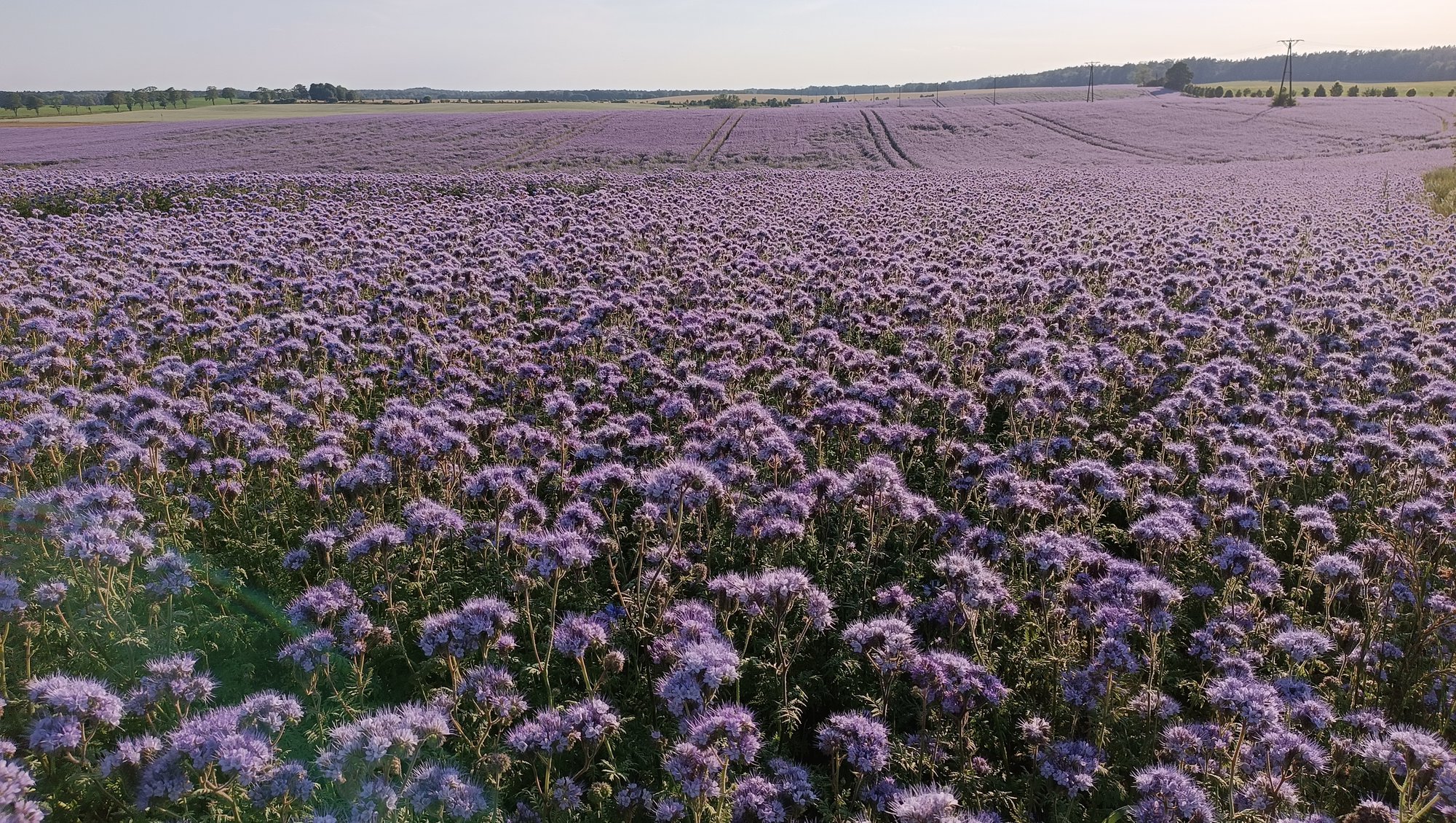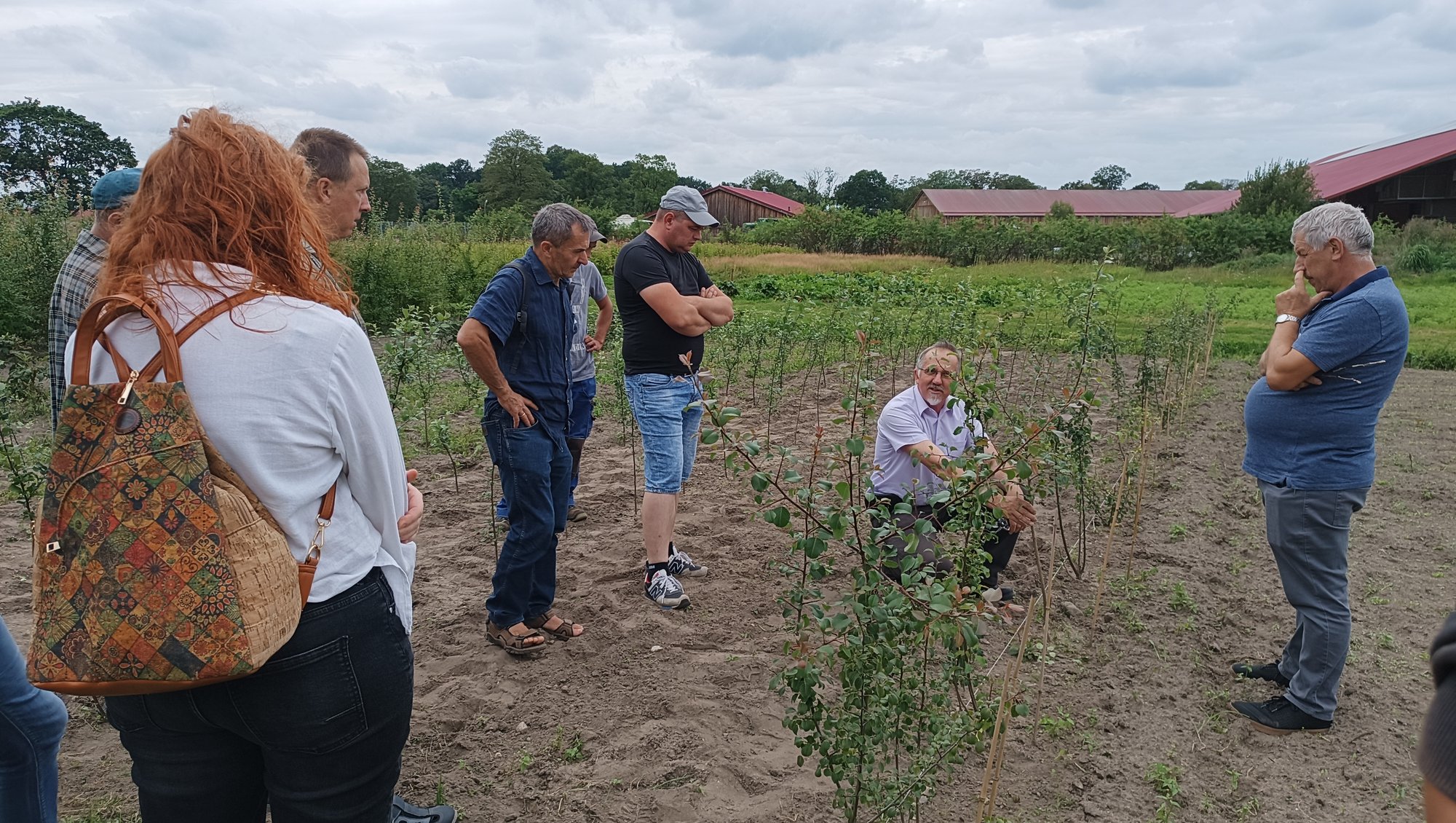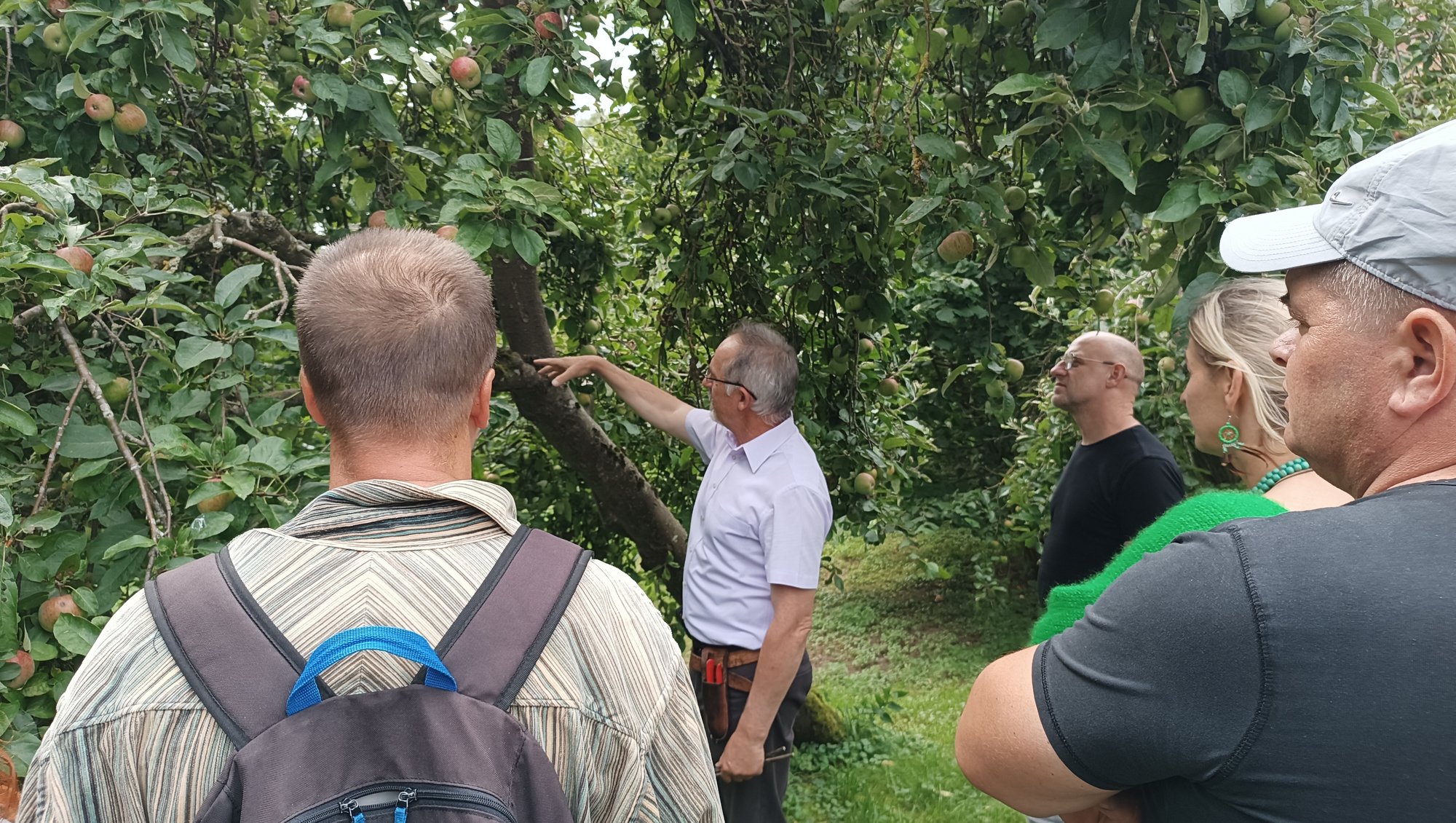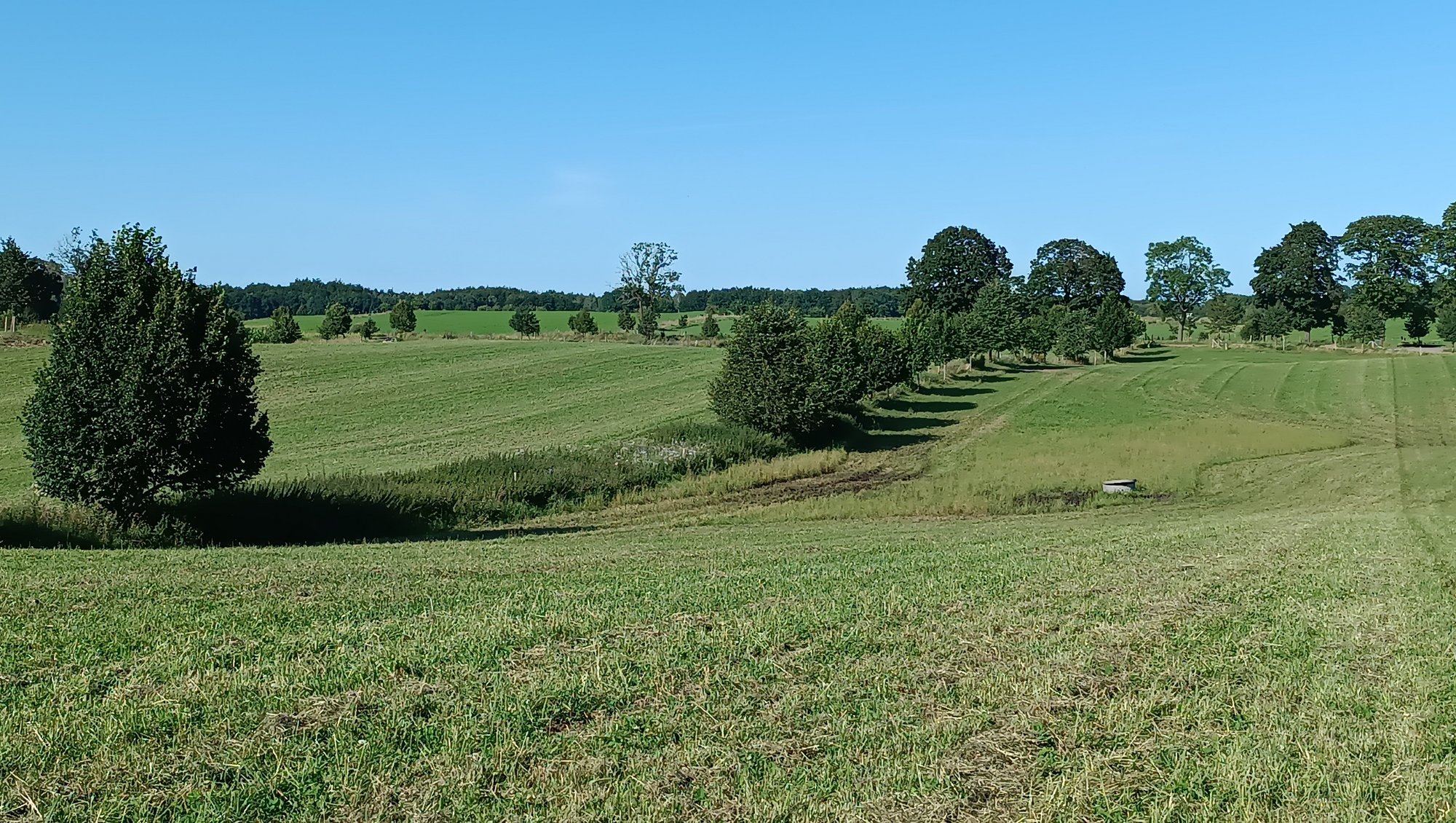Benefits and challenges with agroforestry in Poland
Partner interview with Anna Szumełda from the Polish network about the benefits and challenges of introducing trees and hedges in the northwest of Poland.
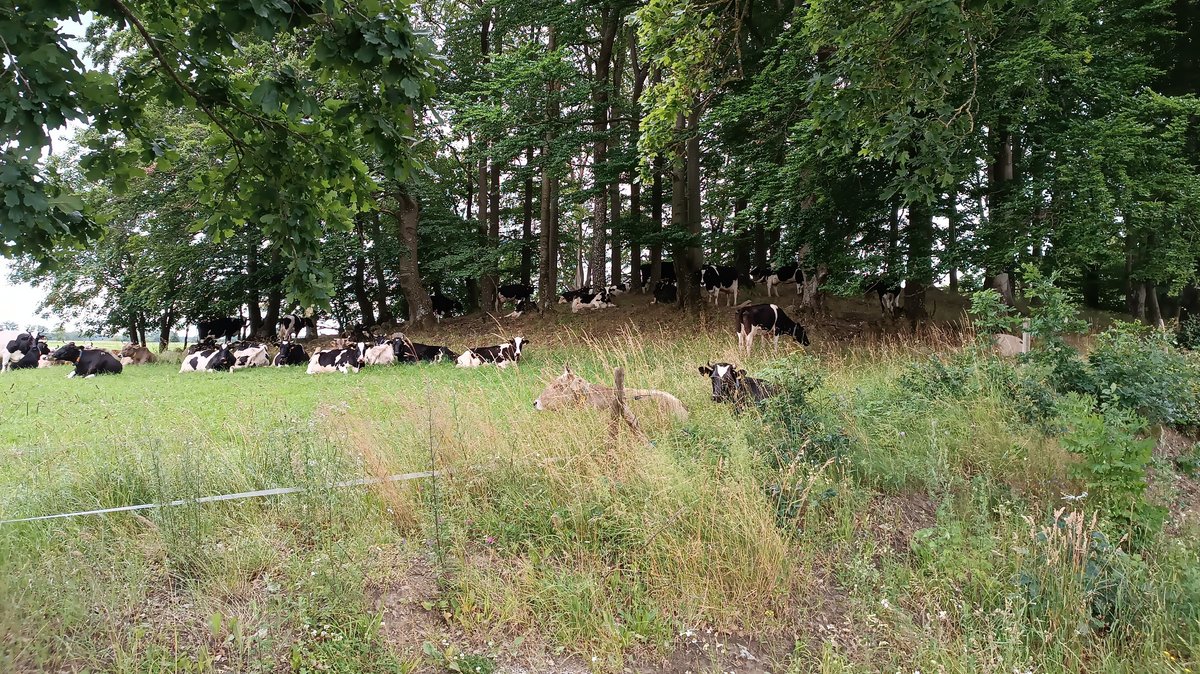
What is the role of mixed farming and agroforestry in your network, Stanisław Karłowski Foundation?
In a region that was dominated by large state farms from 1945-1989, Stanisław Karłowski Foundation was established in 2001 with the purpose of reintroducing organic and biodynamic farming. Starting from 2001 the Foundation runs a 1.900ha biodynamic farm. The farm is located in the in the northwest of Poland and besides reintroducing mixed organic and biodynamic farming at Juchowo Farm itself, the aim of the Foundation was to initiate several activities which are associated with the farming activities, like education, research, processing, and nature protection.
Why is mixed farming and agroforestry important in your region / country?
The northwest region of Poland was dominated by large state farms from 1945-1989. In this period, but also in the 1990s, emphasis was put on “cleaning” the agrarian landscape, removing landscape elements and making field units bigger and bigger. As a result of these activities large field units of several dozens of hectares predominate the region even today. Thus, planting trees and hedges was part of the Foundation’s activities from the very beginning, with the aim of adding landscape elements to a rather “empty” landscape with large field units, thus shaping the landscape, but also providing habitats for animals, and support the agricultural production by attracting insects (pollinators and pest regulators) as well as creating windbreaks, which are very important in our region due to the predominant sandy soils which are very prone to drying out.
Which changes would you like to see in your region / country as a result of the MIXED project?
In the MIXED project our network had the opportunity to run a small experiment and investigate the effect of young and old trees on some soil parameters, agrobiodiversity and yields. The results of the experiment support the assumption that trees have beneficial ecological effects in an agricultural area and support agricultural production. Now we can share these results with others and encourage them to do something similar. We also had the opportunity to have a series of field demonstration days and workshops, and to show the results of many years of planting trees and hedges. We hope very much that we were able to spread and multiply the idea of agroforestry and introducing trees and hedges into the agrarian landscape among the participants.
What results have you achieved and what are the next steps?
The benefits we see today, after 15 years of planting trees and hedges, are first of all benefits for the farming system itself. Where tree lines or hedges are present, the soil is less prone to drying out, which is very important under our conditions of sandy soils. The trees and hedges are functioning as windbreaks, which is important both in summer and in winter, when the snow cover is kept from being blown away. Also, the farm animals, dairy cows, benefit from the trees, which provide them shelter from heat, wind and rain, which the cows obviously enjoy.
We have also seen the societal benefits of planting trees and hedges. The presence of trees and hedges provides habitats for animals, which is a contribution to the protection of biodiversity. Especially birds are something that can be seen with the naked eye. The spatial arrangement of trees and hedges in the rural landscape also adds beauty to the landscape which we can also see with the naked eye, and which is very much appreciated by visitors in our region, and by the inhabitants themselves of course, too.
Even though we see the obvious benefits it is not easy to introduce trees and hedges in our country. The main challenge for farmers in Poland to introduce trees and hedges is the fact that it requires a kind of system change on the farm, which is usually a big obstacle. Another of the big challenges is to maintain the trees and hedges, which is a matter of costs, but even more of labour force availability. Though there are clear beneficial effects of trees and hedges in the agrarian landscape, it requires some patience to see those effects, since it takes a couple of years for the effects to emerge. This again means that communicating the benefits of agroforestry is a difficult task, as fast results usually are preferred to long term effects and are respective measures are more likely to be taken up.
Starting from 2023, subsidies for introducing trees and hedges on farms and other kinds of agroforestry systems are available also in Poland, which is a very good thing. However, the applications are quite complex, and applications are due in May, June and July of year, which usually is not the time for a farmer to work on applications. This situation should change, and advisory services for agroforestry should be expanded.

